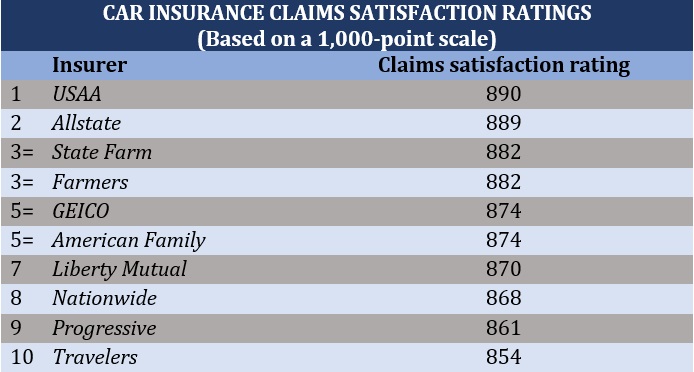Shop At Haya: Your Ultimate Shopping Guide
Discover the best shopping tips, trends, and deals for a smarter buying experience.
Insurance Showdown: Finding the Best Bang for Your Buck
Discover top insurance deals that give you the best value! Don't miss out on saving big—find your perfect policy today!
Maximizing Your Coverage: Top Tips for Choosing Affordable Insurance
Choosing the right insurance can feel overwhelming, especially with the numerous options available in the market. To maximize your coverage while keeping your costs manageable, it's essential to start with a clear understanding of your needs. Assess your coverage requirements by evaluating your assets, liabilities, and any potential risks. This will help you identify the types of insurance you need, whether it’s health, auto, home, or life insurance. Additionally, consider getting quotes from multiple providers to compare rates and coverage options, enabling you to find the most affordable plans that don't sacrifice necessary protections.
Once you've narrowed down your choices, it’s wise to explore ways to further reduce your insurance costs without compromising coverage. Here are some effective strategies:
- Bundle your policies to qualify for multi-policy discounts.
- Increase your deductible, which can lower your premium significantly.
- Maintain a good credit score, as it often plays a role in determining your rates.
- Review your insurance annually to ensure it still meets your evolving needs.
By implementing these tips, you can effectively maximize your coverage while keeping your premiums affordable.

Insurance Myths Debunked: What You Really Need to Know
When it comes to insurance, misconceptions can often lead to confusion and poor decision-making. One common myth is that insurance policies are a waste of money, as many people believe they will never need to use them. However, the reality is that insurance provides a safety net against unforeseen circumstances, from car accidents to health emergencies. According to the National Association of Insurance Commissioners, insurance is a form of risk management that protects individuals and families from financial burdens when the unexpected occurs.
Another prevalent myth is that all insurance policies are the same, leading people to think that they can choose the cheapest option available without any consequences. In reality, insurance plans can vary significantly in terms of coverage, deductibles, and benefits. It’s crucial to thoroughly compare different policies and understand what is included or excluded before making a commitment. By debunking these myths, individuals can make informed decisions that better protect their assets and secure their futures.
How to Compare Insurance Policies: A Step-by-Step Guide
Comparing insurance policies can seem daunting, but breaking the process down into steps can make it manageable. Start by identifying your needs; determine what type of insurance is necessary for you, be it health, auto, or home insurance. Once you have a clear understanding of your requirements, gather quotes from multiple providers to ensure you're not missing out on better rates or coverage options. The next step involves investigating the coverage details of each policy. Look for exclusions, limits, and deductibles to find out what is covered and what isn’t.
After gathering your initial quotes and coverage details, it's essential to compare the premiums and understand how they fit within your budget. Consider using a comparison chart to visualize the differences between the policies side by side. Don't forget to read customer reviews and ratings, as they can provide valuable insight into the insurance company’s claims process and customer service. Finally, consult with an insurance agent if you have any lingering questions. They can help you interpret the fine print and even suggest policies that fit your needs and budget.